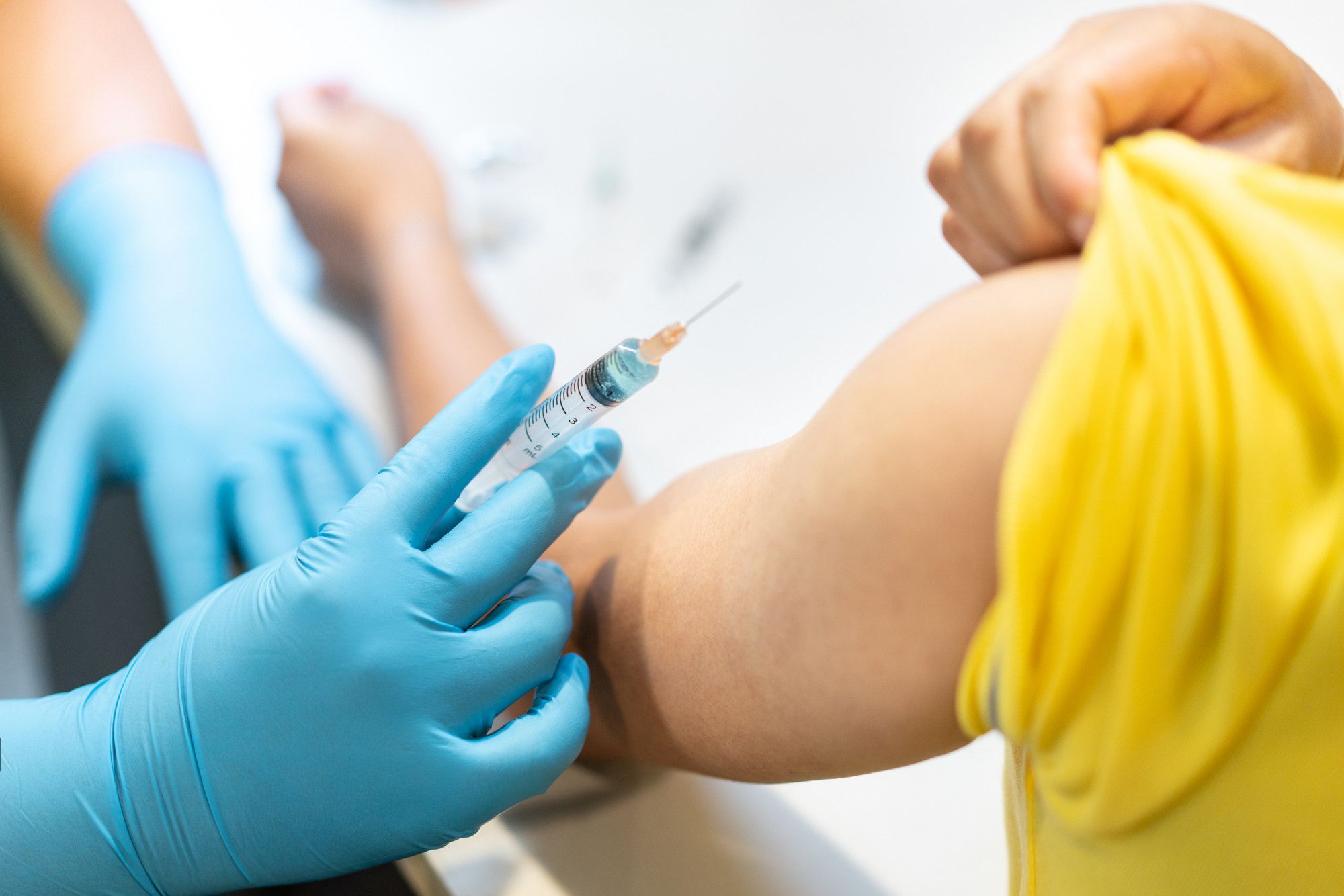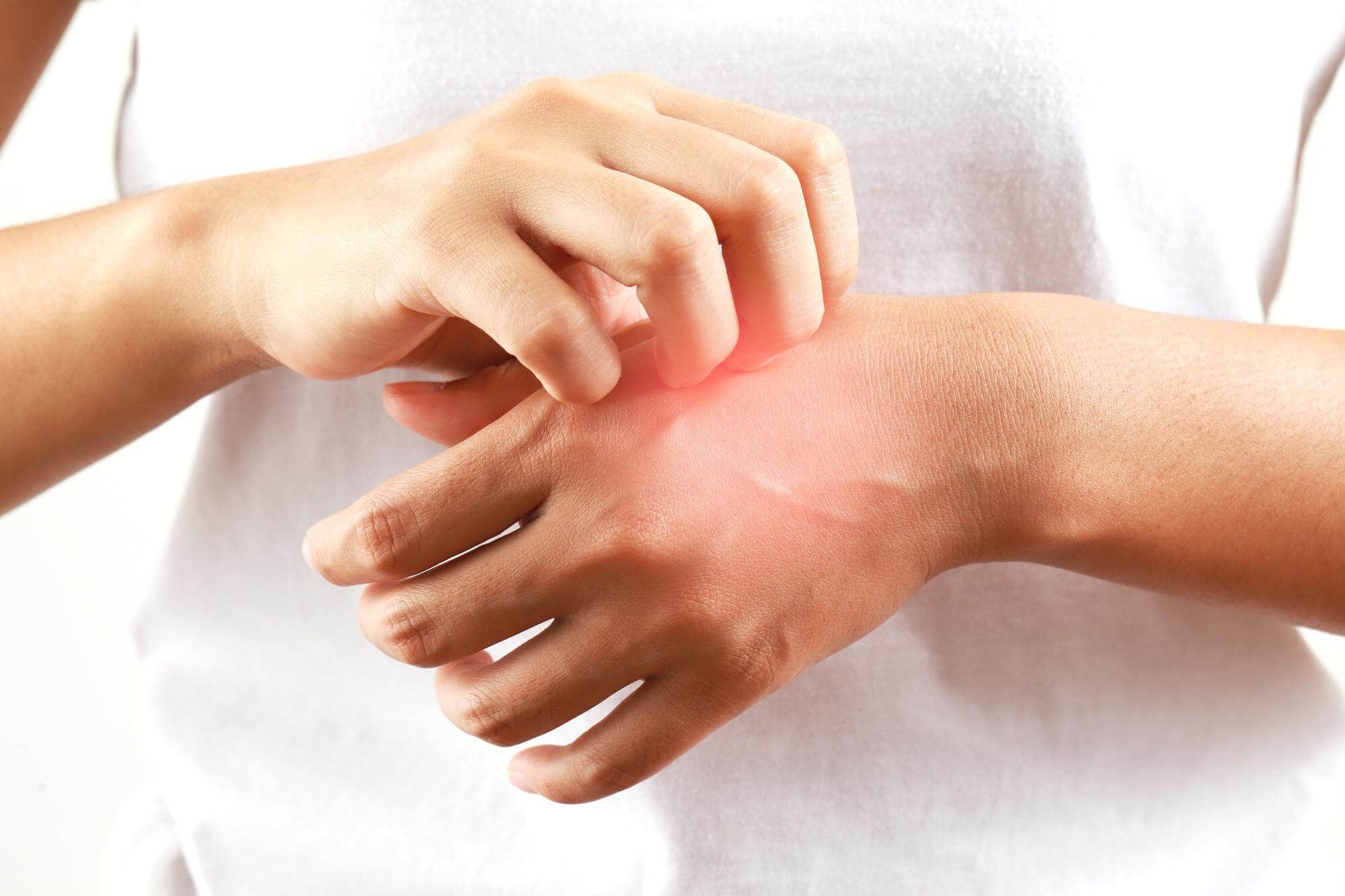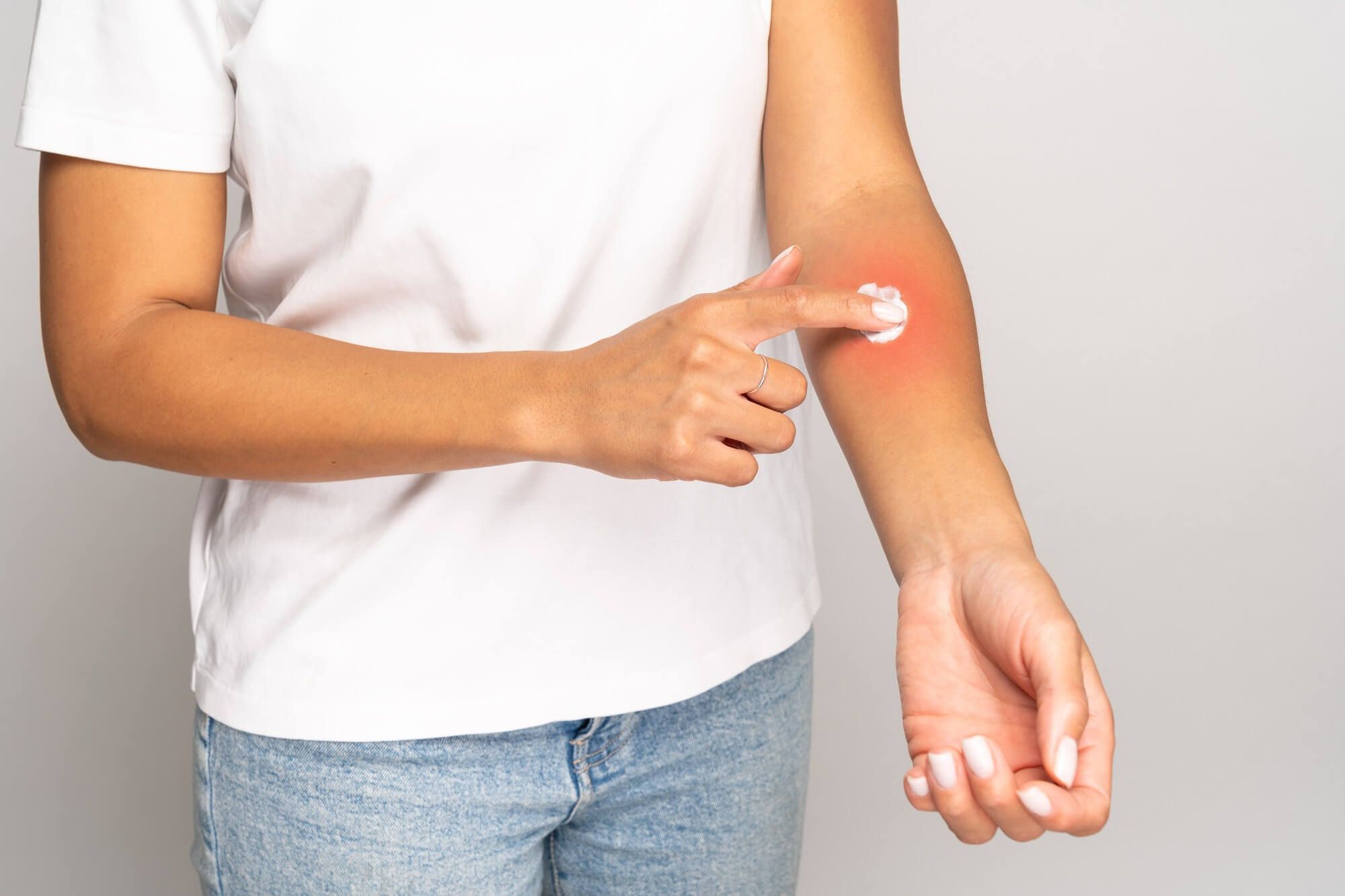Dermographis urticaria: what it is and how to treat it

Irina Makarova
What is dermographic urticaria?
Dermographic urticaria is a skin reaction to mechanical irritation. It is often referred to as dermatographic urticaria or dermographism and appears as a momentary swelling and redness of the skin, usually in response to a blow, scratch or other form of pressure.
Causes of dermatographic urticaria
Dermographic urticaria is a form of physical urticaria and develops as a result of an improper immune system response to mechanical skin irritation. The cause of this condition is not fully understood. However, it is believed that genetic factors, immune system dysfunction, and some infectious diseases play a major role.
Symptoms of dermographic urticaria
Symptoms of dermographic urticaria usually occur immediately after contact with the stimulus and may include redness of the skin, itching, swelling, and formation of lines or bands on the skin. These symptoms usually disappear within 30 minutes to a couple of hours.
Diagnosis of dermographic urticaria
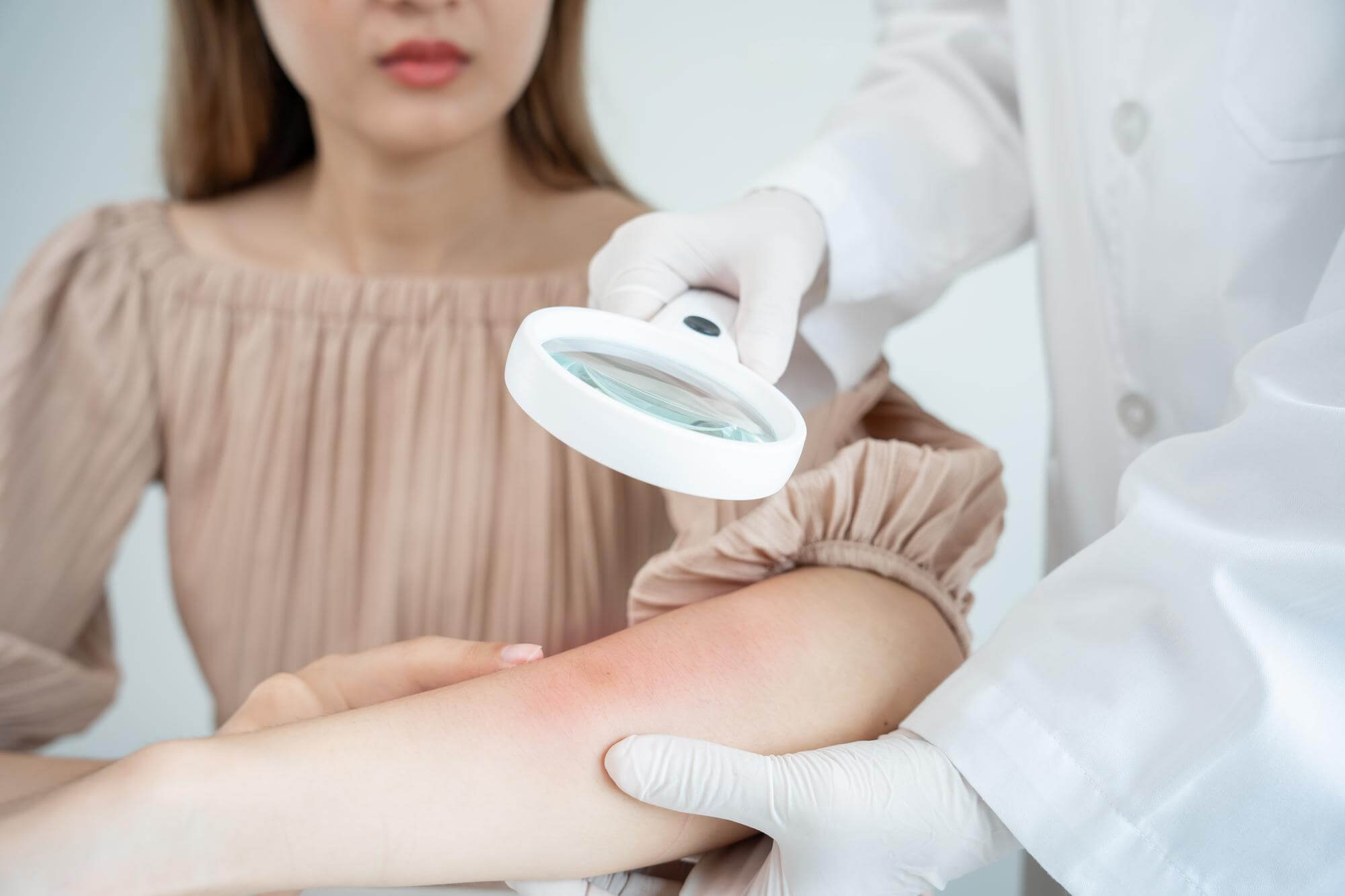
Diagnosis of dermographic urticaria is usually based on clinical symptoms. A physician may perform a dermographia test by lightly scratching the skin with a sterile medical spatula and observing the reaction. If the skin responds to the scratch with redness or blistering, the diagnosis of dermographic urticaria is confirmed.
Treatment of dermographic urticaria
The main treatment strategy for dermographis urticaria is to avoid the factors that cause the reaction. These may include tight clothing, rough fabrics, intense washing, strong wind, or cold. Understanding exactly what is causing the reaction can help control the symptoms.
Medication therapy
If avoiding triggers is not enough, antihistamines may be used. Doctors often recommend second-generation drugs such as cetirizine (Zyrtec), fexofenadine (Telfast), or loratadine (Claritin) because they cause less drowsiness than first-generation drugs.
Non-hormonal therapies
Nonhormonal treatments for dermatogenic urticaria may include creams and gels that help reduce itching and inflammation. Products such as menthol cream or aloe vera gel may be helpful.
Prognosis and Prevention
The prognosis for people with dermographic urticaria is mostly favorable. In many patients, symptoms improve over time, although it may take several years. As for prevention, avoidance of known triggers is the primary method of preventing the onset of symptoms.
Dermographic urticaria is a rare but relatively harmless condition. Although its causes are still not fully understood, most people with the condition have a favorable prognosis. If you suspect that you may have demographic urticaria, it is important to see your doctor to confirm the diagnosis and discuss treatment options.
New materials
Popular Articles
We recommend reading
Contact us in the Contact Us section to ask questions, offer ideas, or for more information about our allergy resource.
Our articles are your trusted source of allergy knowledge. Learn how to make life with allergic reactions easier on our specialized portal.
©
Lechenie-Allergii.com. All rights reserved.
© Lechenie-Allergii.com. All rights reserved.
The information on this site is for informational purposes only and is not a substitute for professional medical advice. We recommend consulting with qualified medical professionals for accurate information and advice.
 English
English  Українська
Українська  Русский
Русский 
